GET IN TOUCH
- Please wait...
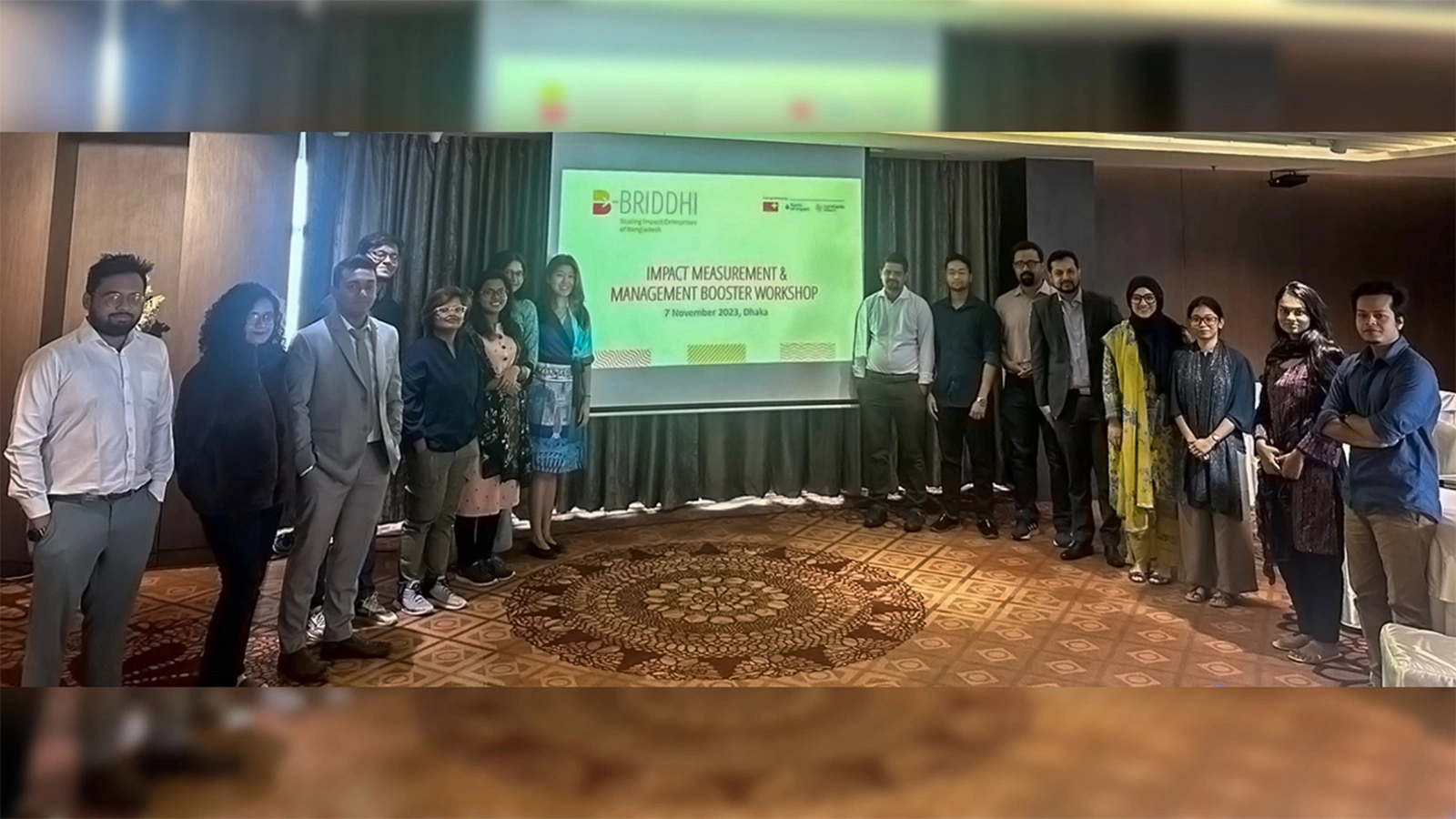
Group photo with the four ecosystem builders and LightCastle team
In continuation of the initial Impact Measurement & Management (IMM) Booster Workshop held in January, the Biniyog Briddhi (B-Briddhi) program facilitated a second session as part of its ongoing commitment to nurturing the impact ecosystem in Bangladesh. The workshop was conducted with four ecosystem builders on November 7, 2023.
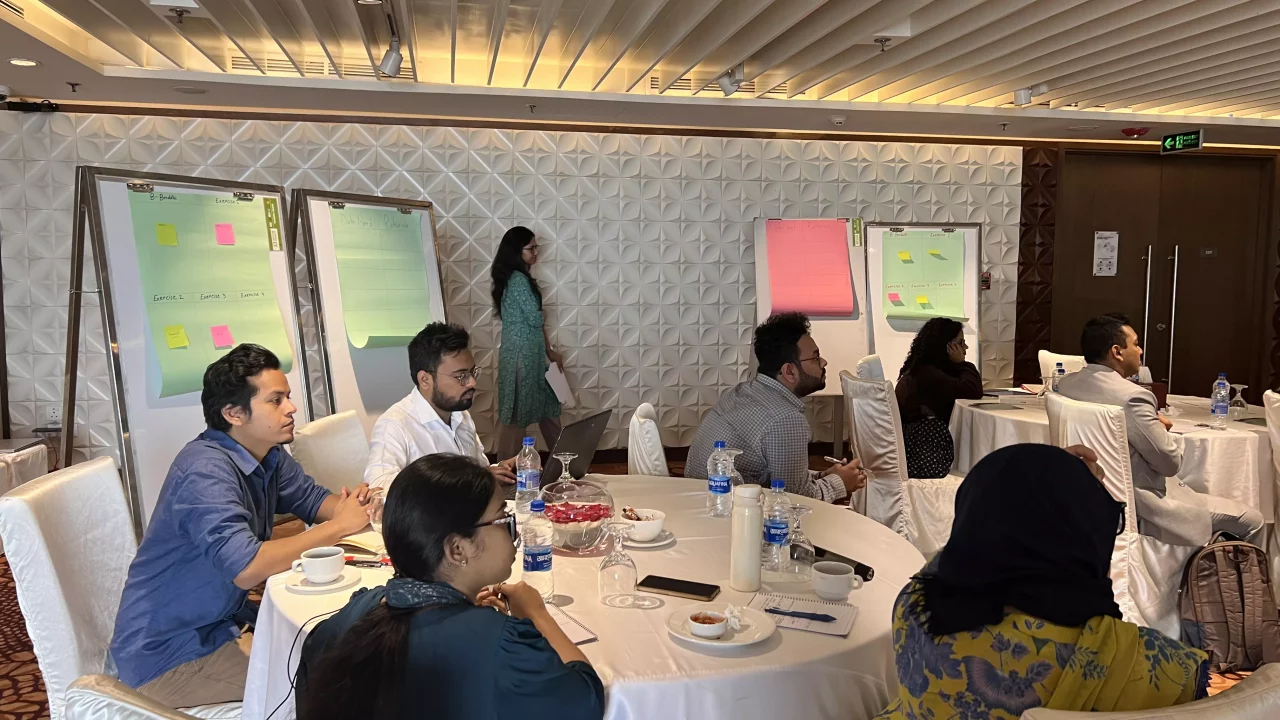
The core focus of the workshop was to
The workshop was attended by four ecosystem participants: Bangladesh Angels Network, BetterStories Limited, Turtle Venture, and Truvalu. enterprises.
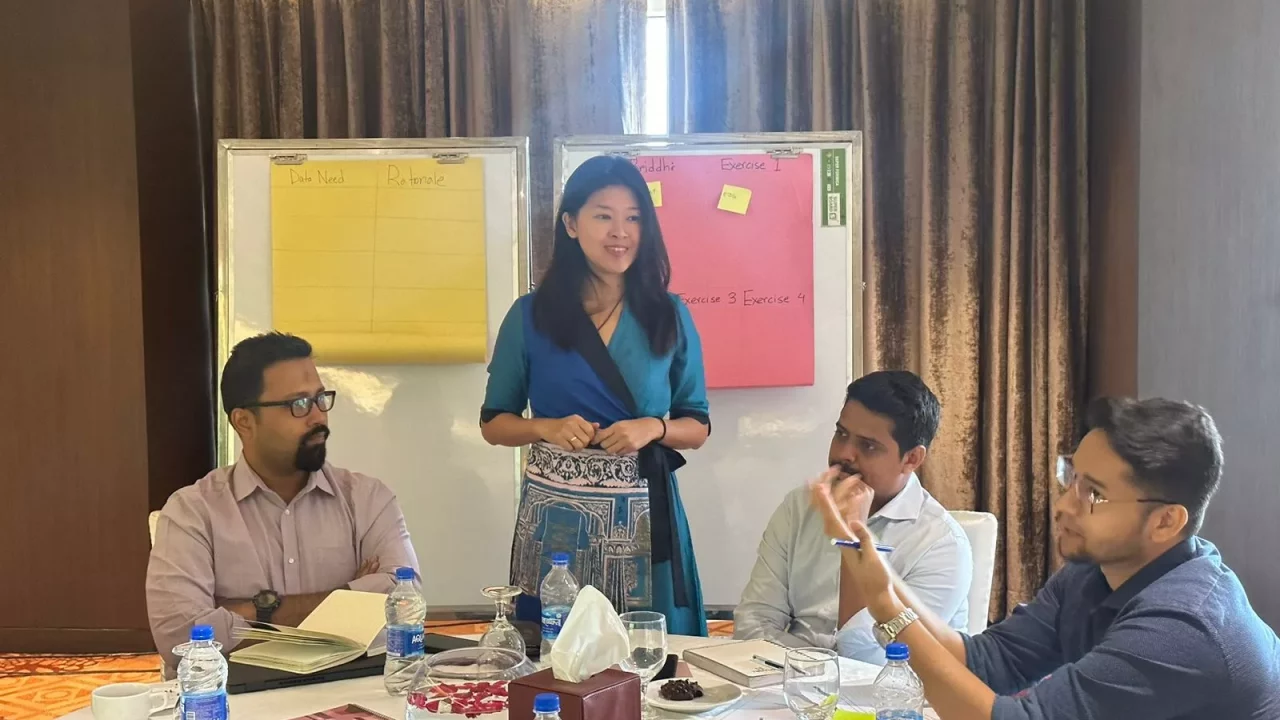
Structured across three sessions, participants were introduced to fundamental concepts, encompassing the Background and Context of ESG and Impact Investing, as well as the intricacies of Impact Models, Impact Statements, and Customer Promise Sheets
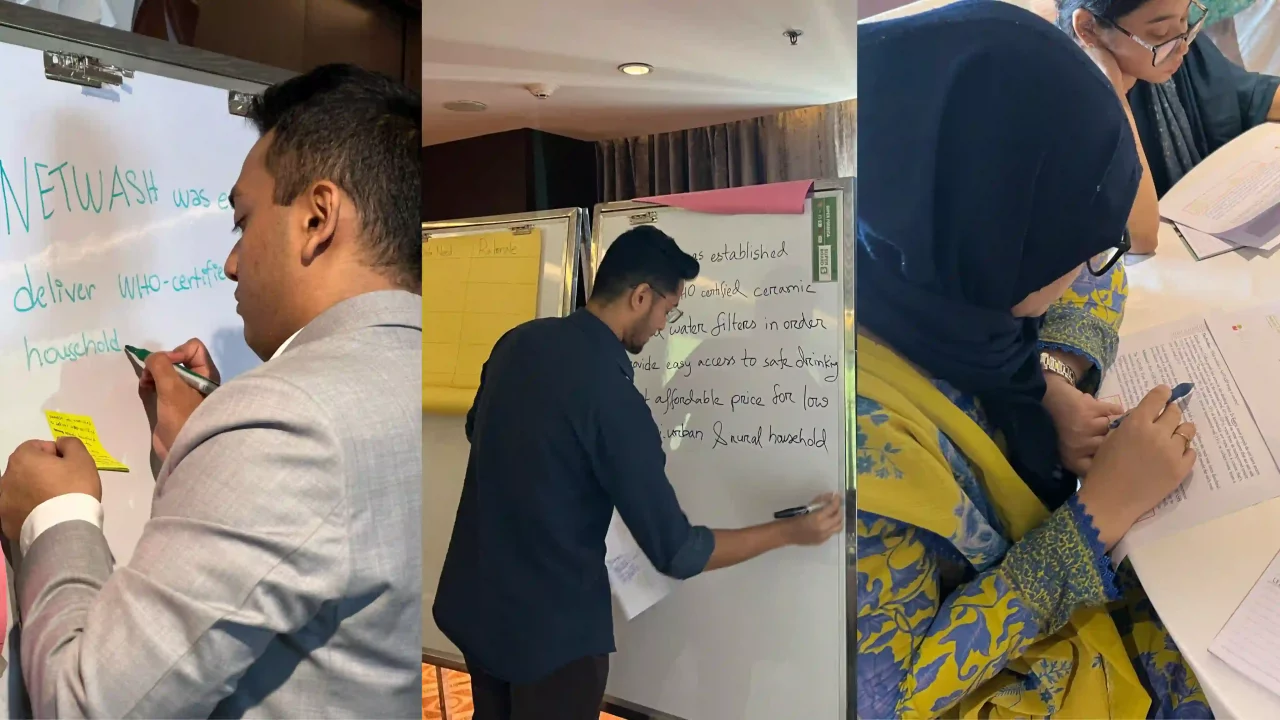
Participants were also assigned an interactive group activity wherein they first developed their impact model, and then crafted their impact statement for a given problem and finally, built their customer promise sheet. After identifying the necessary data, participants connected the dots and incorporated the most essential indicators into their Theory of Change.
The key takeaways from the session have been summarized below:
Organizations who follow a methodology with lower intensity are not necessarily doing a bad thing or less good than those who follow a more intensive strategy. This is because different methodologies are appropriate for different mandates and contextual focus. Because of differences in mandates and context, actors can be expected to prioritize different goals, permit different degrees of flexibility around the goals for any individual asset and use different levels of data.
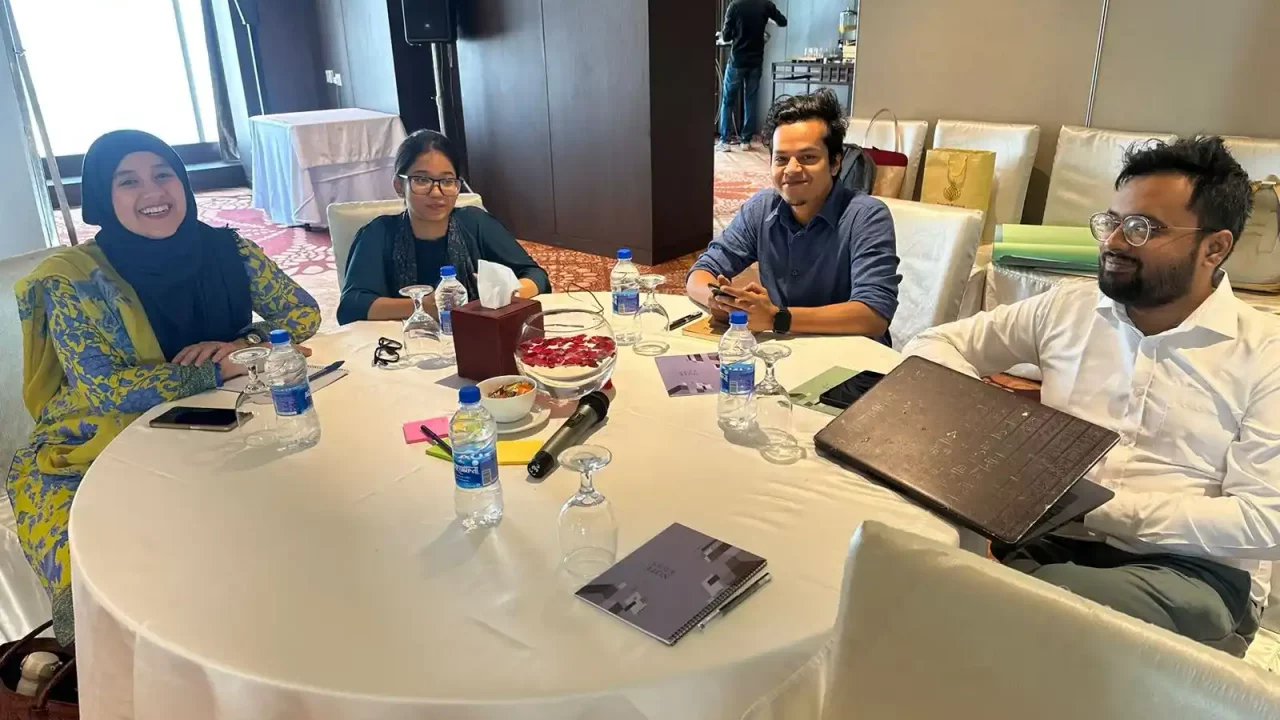
To conclude the workshop, truths and misconceptions about ESG and Impact Investing were discussed, emphasizing that no single approach is inherently better or more ethical. The resolution of confusion is suggested through categorization based on methodological intensity. The relevance of the Theory of Change and IMM in Impact Investing, as seen in the B-Briddhi program, is highlighted.
Biniyog Briddhi (“B-Briddhi”) is a multi-year programme that runs since 2020 and is dedicated to supporting a thriving ecosystem where impact enterprises of Bangladesh can grow and scale their impact. Set up as a public-private development partnership (PPDP) between the Embassy of Switzerland in Bangladesh, Roots of Impact, and LightCastle Partners, B-Briddhi strives to improve the financial, social and environmental performance of impact enterprises by helping them to master investment readiness and impact management and get ready to access innovative finance to scale.
Melanie Siow, Technical Assistance Portfolio Manager at Roots of Impact, is the driving force behind the capacity building pillar and she is responsible for the management of all technical assistance programs and activities under the Social Finance Academy – the impact intelligence and educational arm of Roots of Impact.
Our experts can help you solve your unique challenges